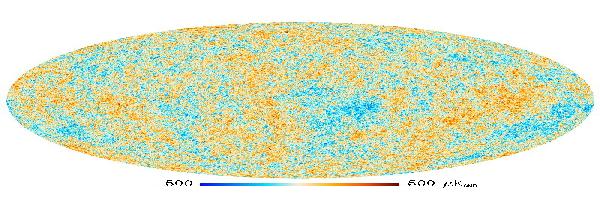Supersymmetry
U. Ellwanger is interested in the phenomenological consequences of the Minimal Supersymmetric Model, in particular for the Higgs mass and the detection of supersymmetric particles. As a tool for experimentalists (e.g., at LHC) and phenomenologists, a library of Fortran codes (NMHDECAY) has been written and can be accessed on the website of the laboratory, in order to study how
the masses and couplings of the many Higgs bosons vary as a function of the NMSSM parameters. These codes take into account the radiative corrections to the masses of the Higgs bosons, and they compute their couplings and some of their branching ratios.
A. Djouadi studies the phenomenology of supersymmetric particles : production in hadronic and leptonic colliders, fundamental properties. He is also interested in the relations between supersymmetry and cosmology, such as the constraints coming from the observed missing mass of the Universe on the lightest supersymmetric particle, and more generally on supersymmetric models.
Neutrinos
The recent discovery of neutrino oscillations proves that neutrinos are massive, which opens a whole new field for new physics. A. Abada works on two issues :
 the origin of the neutrino mass in various theoretical frameworks (radiative contributions in supersymmetric models, little Higgs models, see-saw mechanism),
the origin of the neutrino mass in various theoretical frameworks (radiative contributions in supersymmetric models, little Higgs models, see-saw mechanism),
 the impact of heavy right-handed neutrinos on the neutrino mixing and their non-vanishing mass, with applications for astrophysics and cosmology, in particular for baryogenesis induced by leptogenesis.
the impact of heavy right-handed neutrinos on the neutrino mixing and their non-vanishing mass, with applications for astrophysics and cosmology, in particular for baryogenesis induced by leptogenesis.
Astroparticles
Y. Mambrini focuses models inspired by string theory, which are situated in a more general framework of supersymmetric theories. Astroparticle and cosmological observations provide information on these theories, complementarily to accelerator experiments, in order to constrain the parameters of the underlying theory. Y. Mambrini is interested in dark matter in cosmology : it could be a weakly interactive massive particle, such as the lightest supersymmetric particle. Such a particle, linked to supersymmetric models, could be detected in high-energy colliders.



